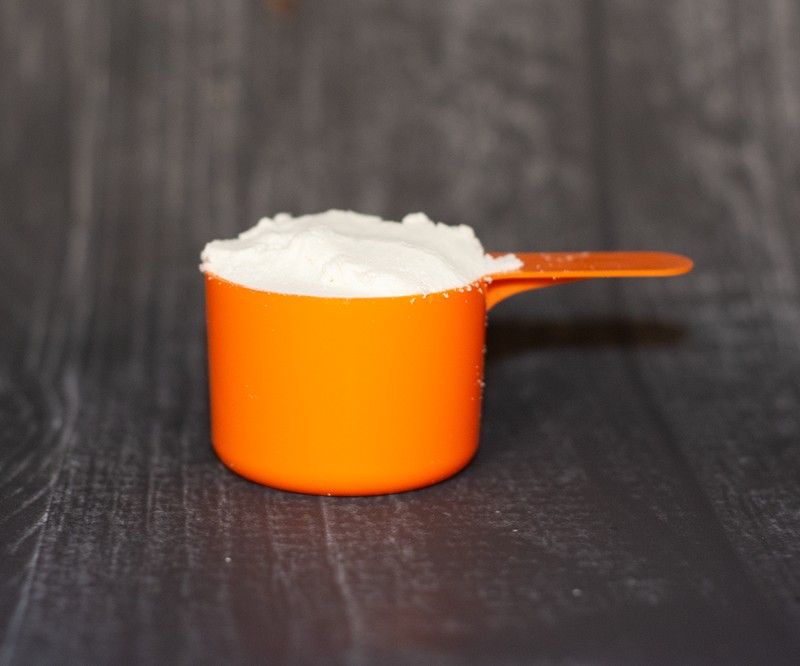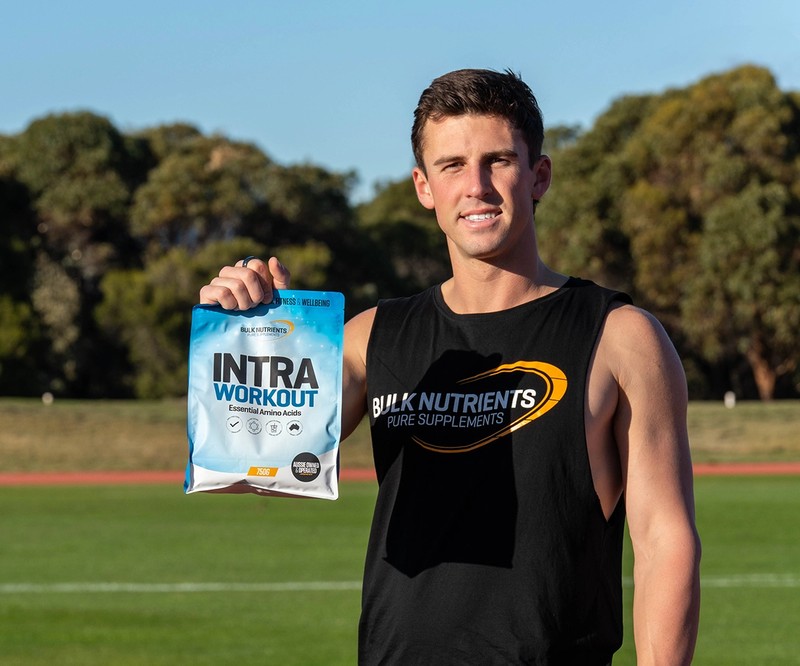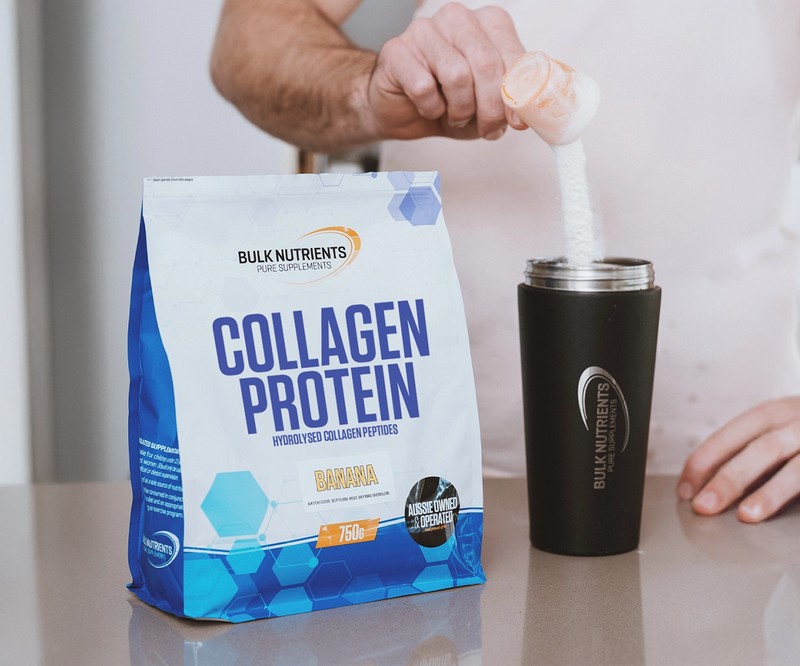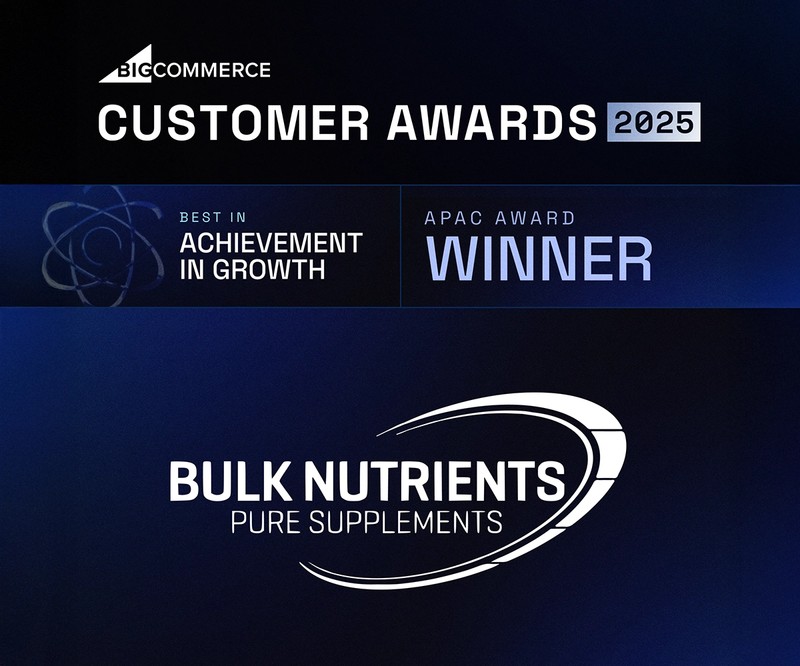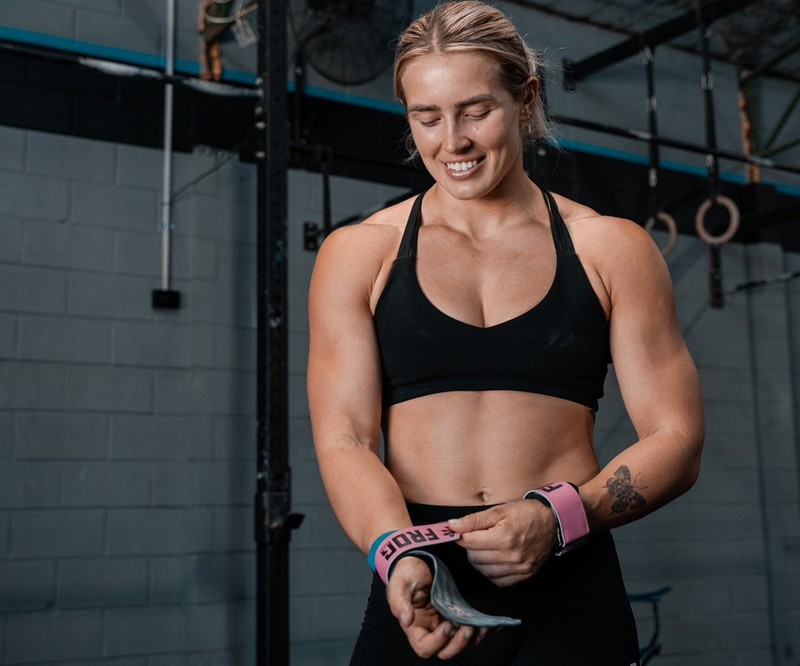How to Read Nutrition Labels Accurately

How to read nutrition labels properly
Turn a food product around, and you get something like this:

As you can see, there are four parts to a nutrition label. Let's start at the beginning:

1. How to read serving information on a nutrition label
The above is an example of a salt product. But let’s start with the serving information:

As we can see with this salt product, there are 4 servings per container. And the serving size is one cup.
A little trick the food industry tries to play to make their product seem lower in calories: they list their product as anywhere from two to ten servings for a frozen lasagne, for example, but have one serving size as a small portion of the product.
Another example: one packet of chips could be listed as TWO servings, but let's be honest: who is consuming half one day and half the next? So, when you look at it you might say: "Oh, it's only 150 calories!?" But you're failing to recognise that is for just ONE serving, and that you'll actually consume 300 calories because there are TWO servings.
And in the product above as you can see -- eat the whole thing (not that you would) but you better remember you're getting 4 times the amount of calories in it! In this case, its’ 4 per serve, so it would be 980 calories.
So, in this section, you'll get the serving sizes mostly in grams of cups as you can see.
Alright, let's move on to calories.
2. Understanding calories on a nutrition label
This part is self-explanatory -- per serve you get 245 calories.

Now depending on your goals, this is important information. You know you need to be in a deficit to lose weight, and a surplus to grow muscle.
So, if you had to eat 2,200 calories to LOSE weight, then having this salt product wouldn’t worry you too much in terms of fat gains. Then we have nutrients.
3. Understanding nutrients on a serving label
Alright, you can't go a day without your goodies. I'm of course talking about your nutrients -- your macro and micronutrients.
Macronutrients are the fancy term for your protein, fat, and carbohydrates. You have your unique amount of macronutrients for fat loss or muscle growth (more for muscle growth) which all tend to prioritise dietary protein.

We want around 1.5 grams at least of our body weight in kilograms of protein per day and should aim for around 25-40 grams of protein per meal (roughly). This is where you'll see how much protein is in your meal.
You'll also see the macronutrient subtypes: saturated fat (as seen above on the label) is a subtype of fat. Fiber and sugars are a subtype of carbohydrates.
We can also learn about the vitamins here, too. These are our micronutrients. In this example, you can see Vitamin D, Calcium, Iron, and Potassium. So you see all the different vitamins and minerals.
4. Understanding daily value percentages on a serving label
Take a look at this:

The percentage of Daily Value (%DV) is the percentage of the Daily Value for each nutrient in a serving of the food.
So, in our example above, you can see for sodium, for example, this food product has 10% of the daily recommendation -- expressed in grams, milligrams, or micrograms (depending on which one it is). We do not want to eat more than the daily recommended percentage each day.
This also allows us to see how much of a specific macronutrient or micronutrient is present. In our example above, we can see there's 20% of your daily value in vitamin D. Generally speaking, 5% daily value or less is considered low, whilst 20% or above is considered high.
And chances are you're reading this on our website because you're interested in obtaining the best physique possible. So, you want to be choosing foods with a higher daily percentage of protein.
The four main takeaways
So, they are the four main takeaways to pay attention to when reading a nutrition label:
- The serving information
- The calorie information
- The nutrient information
- The percentage of the daily value present.
Nutrition labels can seem confusing, but with practice, these four parts will become second nature.
For the best physique possible, be sure to prioritise foods that are high in dietary protein. This will ensure your weight loss and/or muscle goals are given a better chance.
And make sure you remember the food industry can be cheeky with its “servings per package.” You might think you’re only going to eat 200 calories, but that might be in just one serving – the whole package you’re about to eat might be three servings in total (for 600 calories).
References:
- Hydes T, Alam U, Cuthbertson DJ. The Impact of Macronutrient Intake on Non-alcoholic Fatty Liver Disease (NAFLD): Too Much Fat, Too Much Carbohydrate, or Just Too Many Calories? Front Nutr. 2021 Feb 16;8:640557. doi: 10.3389/fnut.2021.640557. PMID: 33665203; PMCID: PMC7921724.
- Wu G. Dietary protein intake and human health. Food Funct. 2016 Mar;7(3):1251-65. doi: 10.1039/c5fo01530h. PMID: 26797090.







